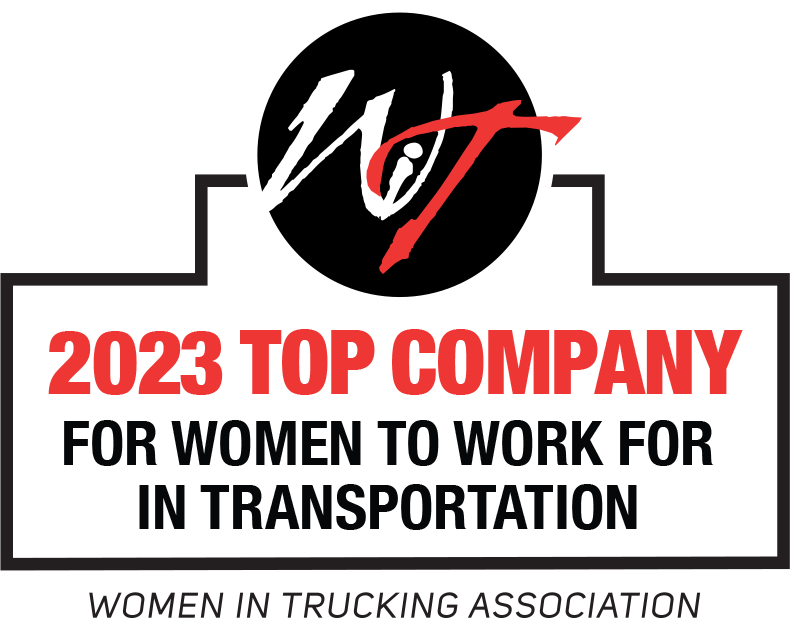Is it just me, or does it seem like the recent rises in parcel carriers’ fuel surcharges (FSCs) are higher than the rise in actual fuel costs?
It’s definitely not just you.
Over the past year, parcel carriers’ FSCs have doubled for ground and tripled for express. Meanwhile, the EIA fuel indices (which parcel carriers usually use to set their FSCs) have risen far less significantly.
What gives? Why are parcel carriers’ FSC increases outpacing what’s happening on the fuel indices?
While some parcel FSC increases are driven by market factors like the steep rise in global oil prices, others are solely carrier driven.
We’re thinking in particular of the two 1.75% increases that FedEx has tacked on to its FSC tables since November 2021 and the 1% and 1.75% increases that UPS has tacked onto its FSC tables during the same time period.
These carrier-driven increases are a major reason why shippers like you are currently feeling more FSC pain than you should.
Is there any way around these carrier-driven FSC increases?
At the end of the day, carriers are free to set or re-set their own FSCs, including deciding to make them higher than, lower than, or on par with what’s happening out in the market.
However, there are many practices you can use to help offset FSC increases. Drop AFS a line at [email protected] if you’d like to discuss some of them.
Also be sure check out our recent Viewpoint article, Testing Testing: How Much Do You Really Know About Parcel Carriers’ FSCs, to fuel up on more interesting facts and figures about this always-evolving topic.









